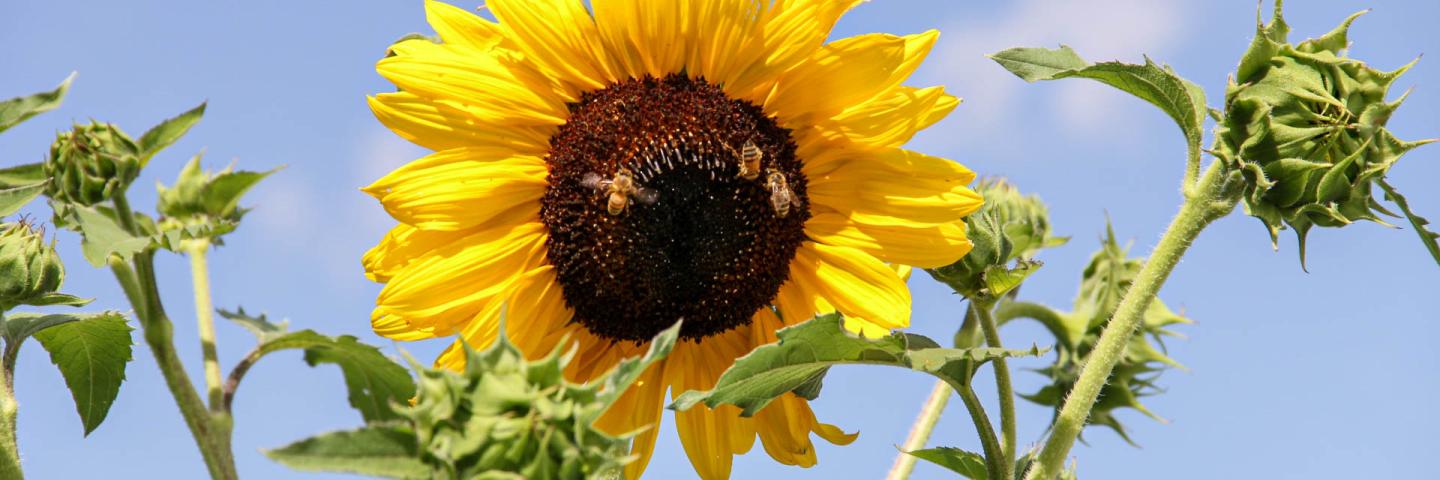
Periodically, NRCS Idaho and our partners will highlight various conservation practices, programs, natural resource concerns, staff members and important information in our Focus on the Farm Blog.
2022
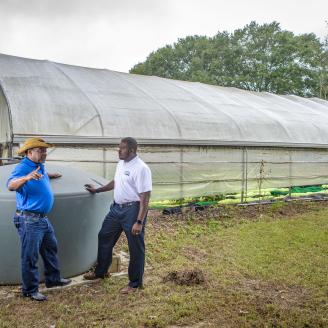
February - High Tunnels in Urban Agriculture
Urban agriculture is one way to address fighting food insecurity in Idaho. From children to the elderly, urban farms are providing nutritious, fresh foods to their communities all across the state. The United States Department of Agriculture (USDA) defines urban farms as “any farming operation that directly benefits its community.”

March - Women's History Month
It’s March, which means it’s time to celebrate Women’s History Month and all the women in NRCS who help us help our customers. This year, we wanted to highlight some of the amazing women in and around Idaho, including our Assistant State Conservationist Amie Miller, Hydrologist Erin Whorton and Soils scientist Shanna Bernal-Fields.
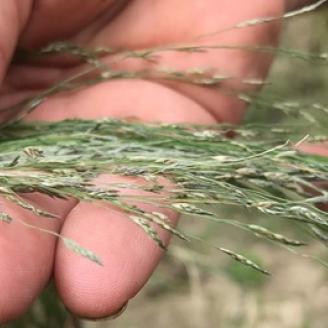
April - Soil Health in Idaho
News about the benefits of soil health is everywhere, and producers across Idaho have taken notice. Idaho producers are adopting practices such as no-till planting into residue, grazing ruminants on diverse cover crops over winter, as well as diversifying their rotations with crops some of us have never heard of, like Teff.
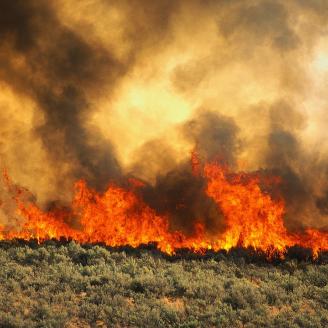
May - National Wildfire Awareness Month
May is National Wildfire Awareness Month. Did you know that, on average, human-caused wildfires make up 87% of all wildfire occurrences annually? Many of these wildfires occur in proximity to roadways, communities and recreational areas, posing considerable threat to public safety.
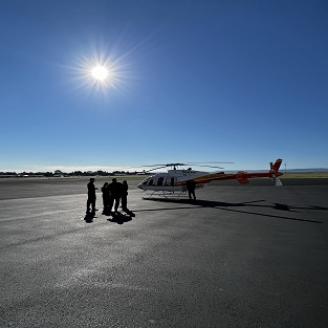
June - Clearwater Snowline Flight
For the last several decades, NRCS Idaho Snow Survey and US Army Corps of Engineers (USACE) have collaborated on an annual spring helicopter survey of spring snowpack in the North Fork Clearwater Basin, largely in support of the safe management of Dworshak Reservoir, the largest reservoir in Idaho.
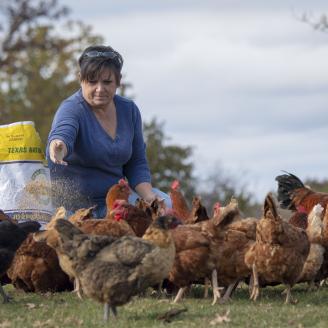
July - Historically Underserved Producers
USDA defines Historically Underserved Producers (HUP) as “socially disadvantaged, beginning, limited resource, and veteran farmers and ranchers.” Each Farm Bill refines its definition of a Historically Underserved Producer and what that means for programs, but one thing remains: USDA is committed to providing equitable financial and technical assistance.
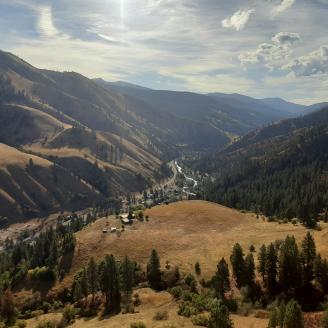
October - Local Working Groups: The Basics
Locally led conservation is based on the principal that community stakeholders are best suited to identify and resolve natural resource problems for their area. Input from local farmers and ranchers, regardless of the size of their operation, conservation partners and other members of the community is key to enabling successful management and protection of our natural resources.

